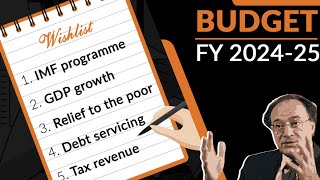Electricity consumption: Population growth takes lead over economic growth: experts
LAHORE: High population growth is taking lead over the economic growth in creating demand for electricity consumption in Pakistan.
In developing countries, said energy experts, energy preservation strategies have a negative impact on GDP. But in Pakistan, this is not the case and such strategies have a minute or no adverse impact on economic growth, they added.
Muhammad Rafiq, an energy expert, said the electricity demand is driven by populace evolution along with additional dynamics such as tariffs, migration to metropolises, and weather in Pakistan that is passing through a severe power crisis due to policy failures in the energy sector, which leads to the miserable monetary conduct of the republic. "This crisis is mainly instigated by larceny, exploitation, and unnecessary wastage of electricity, irrationally instigating massive line losses, maladministration, corruption, institutional weakness, and political involvement," he said.
Anam Azam, another expert, said the electricity is not a limiting factor for Pakistan's economic growth. Instead, she stressed, Pakistan's GDP is culpable for enhancing the electricity supply. It could be anticipated that economic growth augments the electricity supply in Pakistan. She said the population of the country is on the rise which in turn increases the electricity demand. The electricity supply has not been consistent with population growth and electricity demand, which has resulted in frequent unscheduled outages. These circumstances have caused problems for industries and have hindered Foreign Direct Investment (FDI) in the country, she said.
Jamil Ahmad, another energy expert, pointed out that the electricity demand had increased remarkably due to a steady 6 percent GDP growth annually from 2002 to 2007. However, since no structural development took place in the electricity sector during this period, therefore, the economy encountered huge power outages, which led to a 2.5 percent damage to GDP, 0.535 million job cuts and damage to exports of value $1.3 billion in 2010, he added.
Consequently, said energy expert Muhammad Ateeq, electricity is not a limiting factor for Pakistan's economic growth. He said enhancing electricity tariffs could be a good prospect for the Pakistani economy to stimulate substitution and technical improvement.
Copyright Business Recorder, 2020




















Comments
Comments are closed.